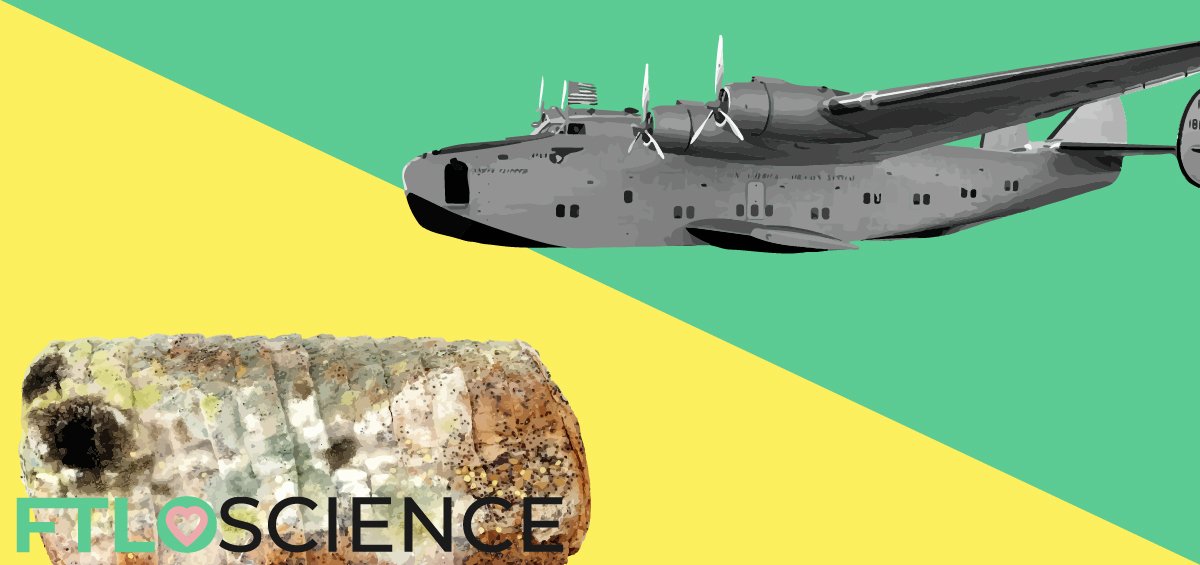Originally developed at the height of World War 2 to aid the Allied war effort, penicillin has since saved hundreds of millions of lives. The discovery and mass production of the antibiotic involved scientists and engineers in different fields working together, with help from government organizations, research institutes and industry partners spanning multiple continents. This massive effort helped turn the tide of the war in the Allied forces’ favor, cementing its place as versatile drug for treating bacterial infections, making penicillin arguably the greatest collaboration the world has witnessed to this day.
Early Penicillin Development
28 September 1928 was just another Friday, but for Scottish scientist Alexander Fleming, it was the day he would walk into his Imperial College laboratory to find a petri dish containing staphylococcus bacteria had been contaminated by mold. The mold seemed to inhibit the growth of bacteria, leading Fleming to conclude that it had produced a substance harboring anti-bacterial properties.
Although the antibacterial properties of a certain type of fungal mold had been observed since ancient times, Alexander Fleming is often credited for its discovery as he was the first to isolate and grow a pure culture of the mold. After identifying the mold as a species from the genus Penicillium, he named the filtered broth penicillin (in a flash of creativity, no doubt).
He was, however, unable to extract the antibacterial compound found in the filtrate. This was achieved by the Australian Howard Florey and his team at Oxford in 1939. Florey, with German-born Jew Ernst Boris Chain and Englishman Edward Abraham—both members of his research team—went on to discover penicillin’s therapeutic action and its chemical composition.
Chain and Florey were able to isolate and concentrate the bactericidal agent penicillin from the fungal mold, while Abraham worked out its unique beta-lactam structure. The chemical structure of penicillin was ultimately confirmed using by Dorothy Hodgkin in 1945, using X-ray crystallography techniques.

Mass Production for the War Effort
The discovery of penicillin coincided with World War II, which by 1940 was in full swing. On the battlefield, the cramped conditions and poor hygiene of soldiers meant that pathogens spread quickly, resulting in sickness ravaging entire units. Florey and his team quickly realized that their discovery could be vital to the Allied war effort, potentially turning the tide of war in their favor. However, there was only so much they could produce in their laboratory; they needed to develop industrial-scale penicillin manufacturing. And quickly.
This mammoth task fell to Norman Heatley, an English chemist and another prominent member of Florey’s team at Oxford. After growing penicillin cultures in various types of glassware, Heatley found the best yields came from ceramic vessels sourced from Radcliffe Infirmary. Needing more, he contacted an earthenware company, James MacIntyre and Co., at Stoke-on-Trent, a town in the English Midlands known for their fine tableware. They promptly agreed to provide Heatley with everything that he needed.
Soon, Florey’s laboratory became home to ‘penicillin bedpans’, lining every corner. Hundreds stacked upon each other turned a corner of the University of Oxford into a veritable penicillin factory.
By the summer of 1941, there was no doubt about the effectiveness of the antibiotic, which was helping soldiers on the battlefield recover much more quickly from infections. But this only increased the demand for penicillin, with the laboratory-turned-factory unable to keep up with supply. The Rockefeller Foundation, an American philanthropy organization based in New York that had been supporting Florey’s research, urged him to visit the United States. There, they could collaborate with much more prominent and better-equipped pharmaceutical manufacturing companies to mass produce their drug.
Florey and Heatley, with penicillin spores hidden in their clothes (in case they were captured by the enemy), agreed. They traveled to Portugal and from there boarded a Pan-Am Clipper seaplane to New York.
Florey and Heatley went on to acquire the help of the U.S. Department of Agriculture, along with pharmaceutical giants Pfizer and Merck & Co.. The successful collaboration resulted in considerable advances in perfecting penicillin mass-production techniques. Large-scale production began after a fermentation plant was constructed in Brooklyn in 1944, overseen by chemical engineer Margaret Hutchinson Rousseau.

Penicillin: The World’s Greatest Collaboration?
Following the industrial manufacture of penicillin, the drug was delivered to Allied forces fighting on all fronts. The timing was also crucial, with plentiful stockpiles of the drug prepared in time for the invasion of Normandy, significantly reducing Allied casualties. Its benefits would also soon be felt by the general population. After World War II, Australia was the first country to make the drug available for civilian use, with the U.S. following suit on March 15, 1945.
This meant that sulfonamides—the existing primary antibiotic treatment overused to the point of ineffectiveness—were replaced almost overnight. Penicillin quickly became a ‘miracle drug’, changing the face of medicine forever. The story of its development and production is still one of the greatest collaborations in the history of drug development, if not the world.
Penicillin remains one of the most frequently prescribed antibiotics today, used to treat a wide range of infections. However, its overuse has reached a point where many strains of bacteria have developed resistance to it. With the blueprint of penicillin discovery and the remarkable collaborative efforts to produce it in mind, new strategies against antibiotic resistance must be developed to maintain our upper hand in our ‘arms race’ against bacteria.

About the Author

Sean is a consultant for clients in the pharmaceutical industry and is an associate lecturer at La Trobe University, where unfortunate undergrads are subject to his ramblings on chemistry and pharmacology.




